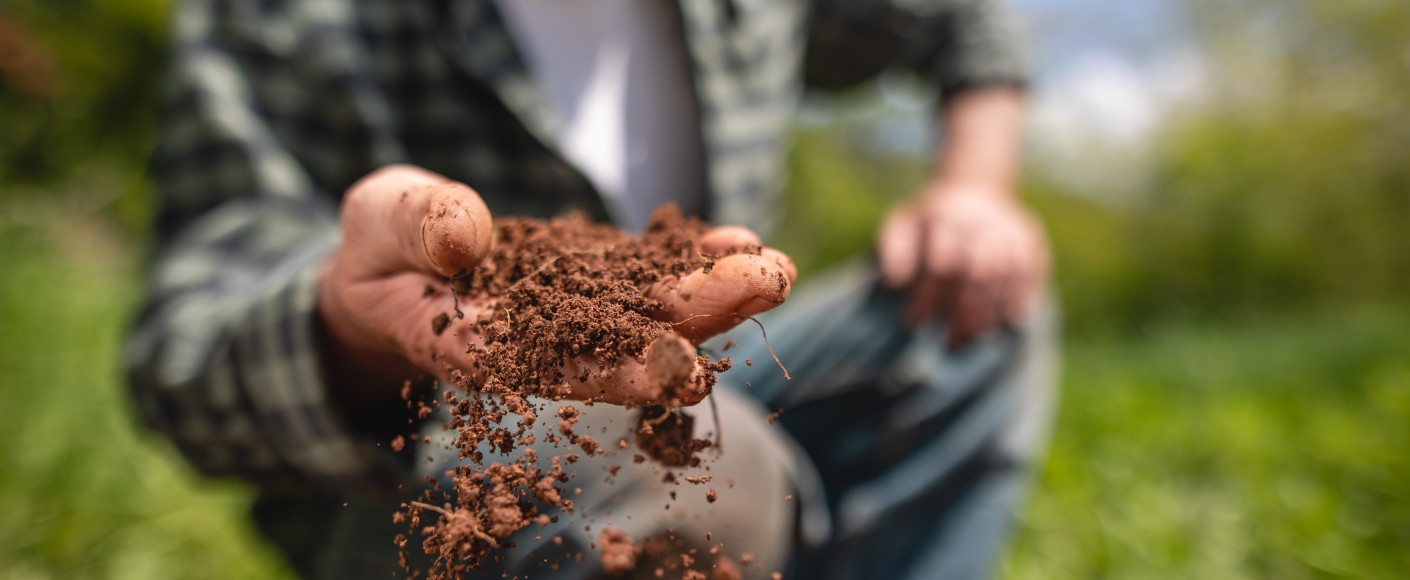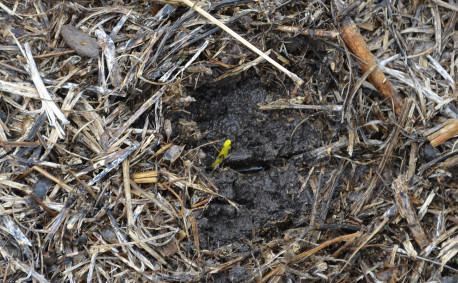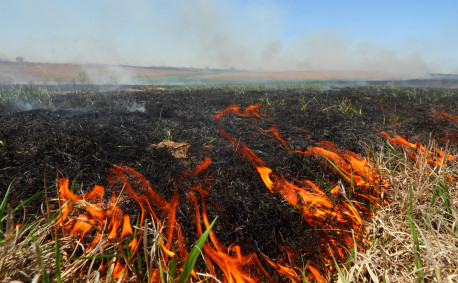How Farmers Care for Soil
Soil health sounds like a topic for experts. And it is! There’s a lot of science behind making sure the soil on farmland is healthy. Soil health is also important to the average person, even if we don’t realize it.
The world’s population is projected to reach 9.8 billion people by 2050 and there’s a growing concern about how to feed all those people.
If that number seems too abstract to wrap your brain around, think about what your family might look like in 30 years. You’d want your children (and grandchildren!) to have enough food to eat.
Ensuring our farms can support increased food growth is a big deal. And soil health is a big part of that.
There are two key components of soil health — nutrients and structure. There are many different ways farmers help preserve and improve the health of their land, depending on what their soil needs. Here are a few ways farmers look out for their soil and, by extension, look out for all of us — even your future grandchildren!
Fertilizer
Soil needs three essential nutrients — nitrogen, phosphorus and potassium — as well as 14 micronutrients like oxygen, chlorine and iron. That’s a lot. Enter fertilizers.
One way farmers ensure their soil has the proper nutrients is to feed it fertilizer. Just like people need vitamins and minerals to grow, soil needs nutrients to help plants grow.
Fertilizers can provide these vital nutrients. Different types of soil and crops require different nutrients to flourish. Fertilizers can help ensure they get what they need. For example, clay soils often need more nutrients than silt soils and asparagus needs more nutrients to grow than lettuce does.
To figure out the proper nutrients to feed their soil, farmers can test it to see the pH levels and nutrient content. Then, they can match the fertilizer to the type of soil on their land and the type of crop they’re planting.
Tilling
There are several different ways farmers can physically handle their soil:
- Till
- Low-till
- No-till
Tilling — the practice of pulling plants out of the ground after harvest — can help aerate soil and keep it from getting compacted. The plant debris left on the ground after tilling creates a mulch which helps prevent weed growth and nourishes soil as it decomposes.
Tilling can also expose greater amounts of soil to the elements, causing erosion and making land more prone to flooding.
Low- and no-till keep the root systems of the plants intact. As the plants decompose, the portion of the plant left in the ground provides nutrients, preserves the structure of the soil, reduces erosion and improves moisture retention.
The type of field treatment farmers use depends on the needs of their farm’s soil.
Controlled Burning
Burning fields are a common sight in Kansas in the spring. Although it looks destructive, this practice actually restores the health of our prairie grasses and fosters new plant growth. The fires burn off dead matter which releases nutrients into the ground and helps control weeds and other invasive species.
The practice can trace its roots back to Native Americans whose prairie fires attracted bison and other grazing animals to the land. Today, ranchers use controlled burning to improve the health of grasses for their cattle.
Fun Fact: Fires are also used at national parks like Yellowstone for the same reason — to nourish the soil and protect the ecosystem.
Crop Management
Because different plants use different nutrients, farmers can manage what, where and when they grow for the sake of their soil. Crop management practices that can help soil health include:
- Cover crops
- Crop rotation
- Relay crops
Cover crops are smaller plants grown in fields during the off season. They help aerate soil and store nutrients for the following crop’s growth.
Instead of growing the same crop in the same field year after year, farmers will alternate planting different crops as a way to enhance their soil. Crop rotation helps preserve soil structure and maintain nutrient levels.
Planting relay crops is the practice of sowing seeds within a current crop. For example, farmers can plant soybeans between rows of maturing winter wheat. When the wheat is harvested, the younger soybean plants are undisturbed and can then grow to maturity. This process not only adds nutrients to the soil, it also helps farmers grow more on the same land.
Bottom Line
Many of these sustainable tools and techniques help ensure farmland remains healthy enough to produce food for us to eat. What is good for the environment is good for us, too. And a lot of it comes down to the expertise and care that our farmers devote to soil health.




